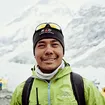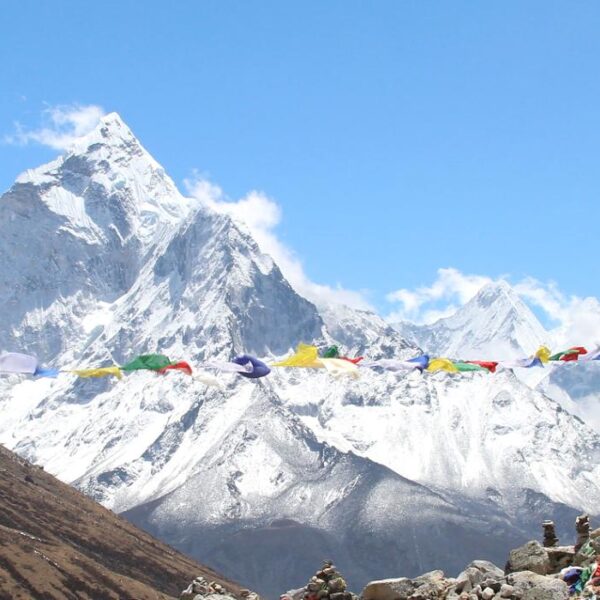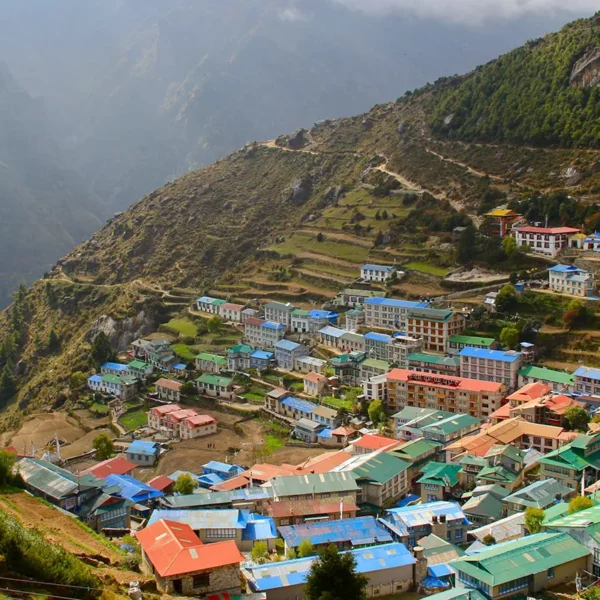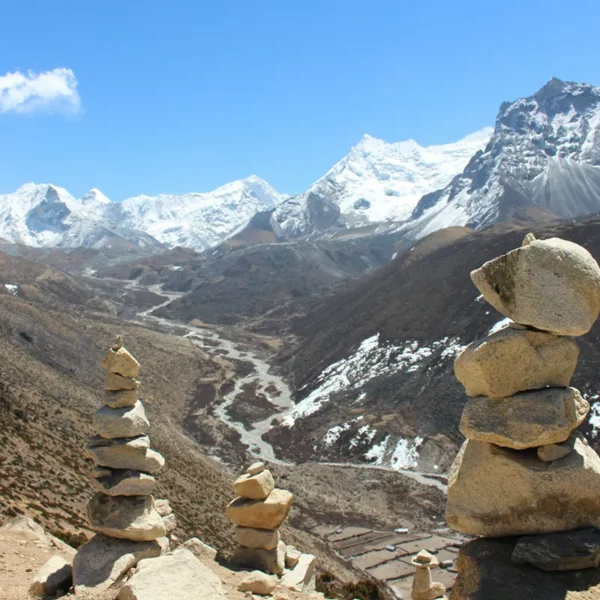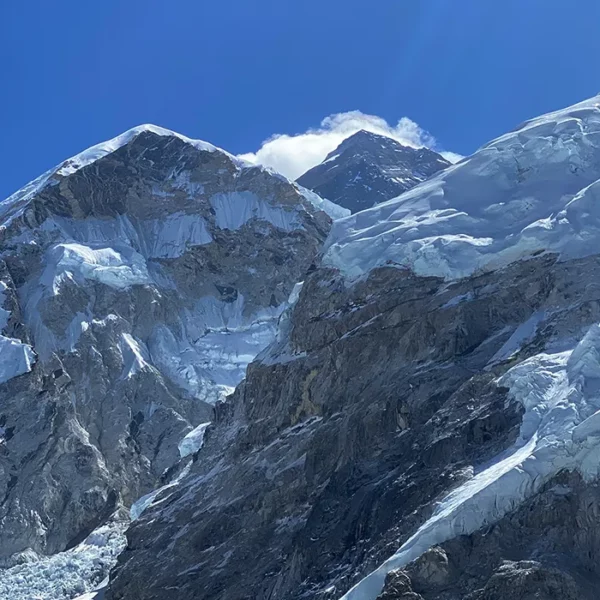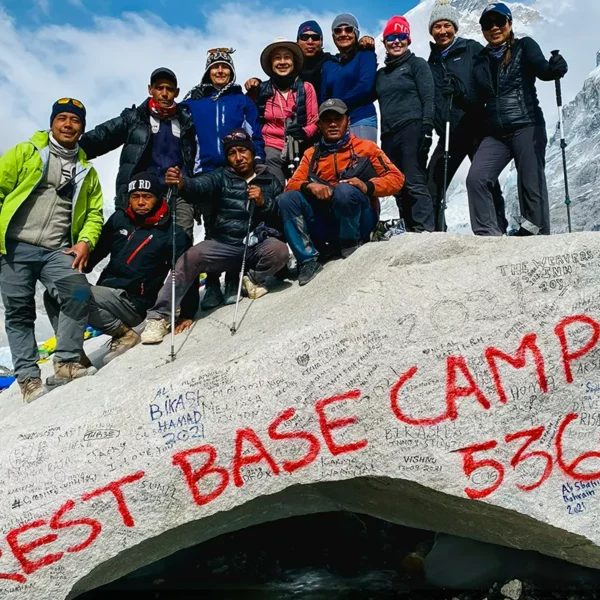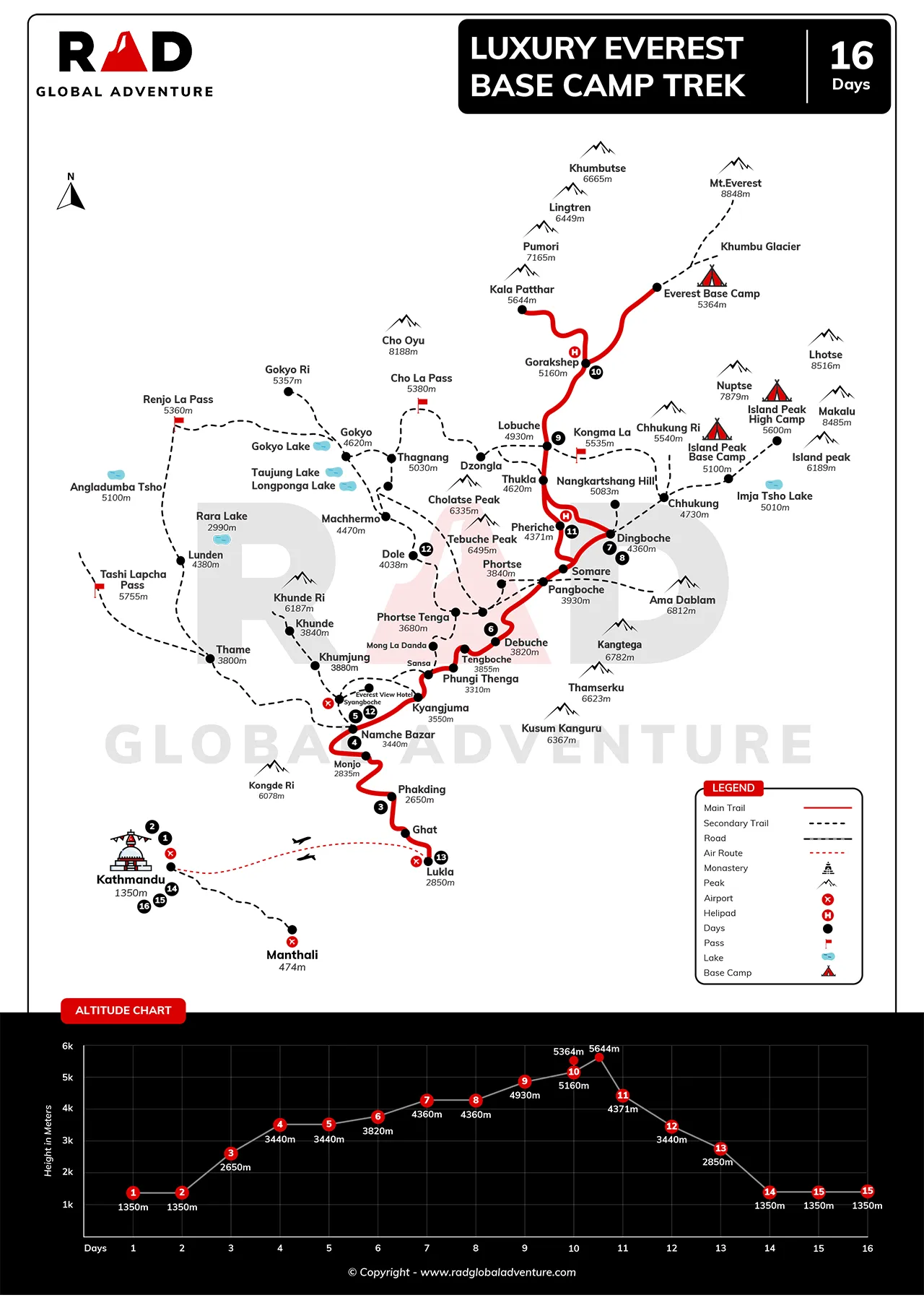Kathmandu Valley UNESCO Heritage Tour
The trip will start with a cultural tour of Kathmandu Valley which has a number of UNESCO World Heritage Sites. We will go to Kathmandu Durbar Square where there are temples and palaces that illustrate the history and art of Nepal.
Then, we will visit Swayambhunath Stupa, also known as the Monkey Temple, which is located on a hilltop, and offers great views of the valley. Then we will proceed to walk around Boudhanath Stupa that is considered one of the largest in the world and monks and pilgrims are rotating prayer wheels.
And lastly, we will come to the Pashupatinath Temple, which is the most sacred Hindu temple in Nepal, located along the Bagmati river, where we will perform rituals. This tour will provide you with the understanding of the Nepali culture and traditions before we go to the mountains.
Lukla and Tenzing-Hillary Airport Scenic Flight
A short flight between Kathmandu and Lukla has been regarded as one of the most exciting parts of the trek. Within 30 minutes we will be flying between green hills then on to the center of the Himalayas where we could see snowy mountains on a clear morning.
The approach to the mountain airstrip in Lukla is an exciting experience as it is on a short runway which up rise on a mountain ridge. As we get out of the plane, the air of relief will be so close and those mountains that are there will inform us that our journey has officially started. To most trekkers, this flight is a beautiful ride in itself and part of the trip.
Trekking in the Sagarmatha National Park and Suspension Bridges
We will explore Sagarmatha National Park, UNESCO World Heritage Site known for its forests, rivers and wildlife. The trail goes through pine and rhododendron trees and through high suspension bridges decorated with prayer flags. The bridges are fun and memorable with flowing rivers beneath the swaying bridges.
On our way, we might come across Himalayan tahr, colorful pheasants, or even the tracks of some other animals that are extremely rare such as musk deer. We shall also drive by mani stones that are cut with prayers and falls in the hillsides. This is a very adventurous part of the trek as each twist of the path will lead to something new and unexpected.
Namche Bazaar, Sherpa Hub and First Everest Views
Our trail will take us to Namche Bazaar, the main Sherpa town in the Everest region at 3,440 m. It is located on a hill and has shops, bakeries and even weekly market. The place above Namche is a point where we can first view Mount Everest, a moment many trekkers do not forget.
The town has a Sherpa Culture Museum that we can tour or we can walk down its narrow streets filled with prayer wheels and welcoming locals. Namche is a stop that is truly memorable with Sherpa culture and mountain scenery due to the surrounds of peaks such as Kwangde and Thamserku.
Everest View at Hotel Sunrise and Khumjung Village Tour
We will also climb to the Everest View Hotel at 3,880 m during our acclimatization in Namche that has an amazing panorama. The experience of watching the sun rise in this place is amazing because Everest, Lhotse, and Ama Dablam are highlighted in golden light as we sit on the terrace taking tea or coffee.
We will then go to Khumjung village, which has the Edmund Hillary School and a monastery that is believed to hold a relic of Yeti. As we explore the stone walls, fields, and yak pens of Khumjung we are able to have a close observation of the Sherpa life. This trek and village exploration altogether will bring the beautiful nature and culture together.
Tengboche Monastery and Everest and Ama Dablam Panorama
The most beautiful and spiritual places in the trek are the Tengboche Monastery which is located at 3,860 m. The monastery is surrounded by Everest, Lhotse, and Ama Dablam, which gives it great scenery. When we come in the afternoon, we will be able to participate in the prayer session of the monks, and it is so energetic with chanting and horns playing in the hall.
We can also make pictures of the mountains or have tea at the bakery which is nearby. Tengboche is a cultural and scenic beauty that provides us with an incredible calm but strong experience in the midst of the Himalayas.
Pangboche Monastery and Imja Valley View
Since we are going further, we will see the highest permanent village in the area, Pangboche, where the oldest monastery exists. The monastery is hundreds of years old and continues to provide blessings to those who pass through. Pangboche, too, is the point of entry to the Imja Valley, “where the scenery becomes wider and more amazing.
This is where the tree line stops and we shall cross the alpine meadows with Ama Dablam steeply climbing up behind. This section of the journey reveals the more severe but more beautiful beauty of the high Himalayas, with unfolding views, and a sense of space and freedom.
Acclimatization trek to Nangkartshang Viewpoint
We will do an acclimatization hike to Nangkartshang Viewpoint approximately 5,000 m in Dingboche. The path is sharp but not long and the scenery is wonderful. Here we have a view of Makalu in the distance, Ama Dablam near by and the broad Imja Valley below.
This increase is provided in accordance with the principle of climb high and sleep low that allows us to get used to the altitude and also takes us through some of the finest panoramas of the trek. Another opportunity is to make beautiful photographs and feel 5,000m above the ground and then proceed to Base Camp.
Luxury Everest Base Camp Trek and Khumbu Glacier/ Icefall
One of the goals of trekkers is to stand at Everest Base Camp (5,364 m). Days of walking later, we will step into the camp, with its cairns and prayer flags. At this point we will observe the great Khumbu Icefall, its huge and deep crevasses, the better part of a lesson on the strength of Everest.
Though it is impossible to observe the peak of Everest at this moment, the experience of being at the bottom of the mountain is unforgettable. Base Camp is emotional and historical, and the achievement of it will be among the most proud moments of the adventure.
Best View of Everest: Sunrise Climb to Kala Patthar
The highlight of the trip to many trekkers is the trek up to Kala Patthar to see the sunrise (5,545 m). We will begin at night, before dawn, and gradually climb in the cold, thin air, using headlamps to illuminate the path. When the sky fades, we will make it to the top in time to see the sun rise over Mount Everest and other nearby mountains.
It is unbelievable and memorable to see the Everest turn golden in the morning sun. It is a great viewpoint of Everest than any other point of the walk, and is also close to Lhotse, Pumori, and the Khumbu Glacier. This is what is commonly referred to as the best part of the whole journey.
